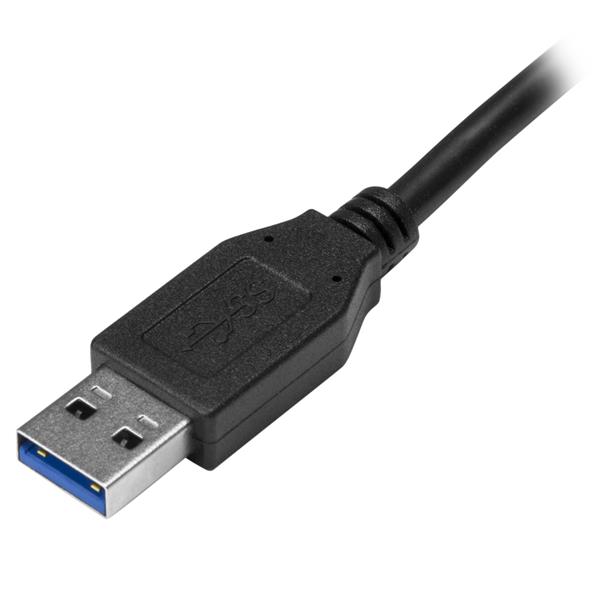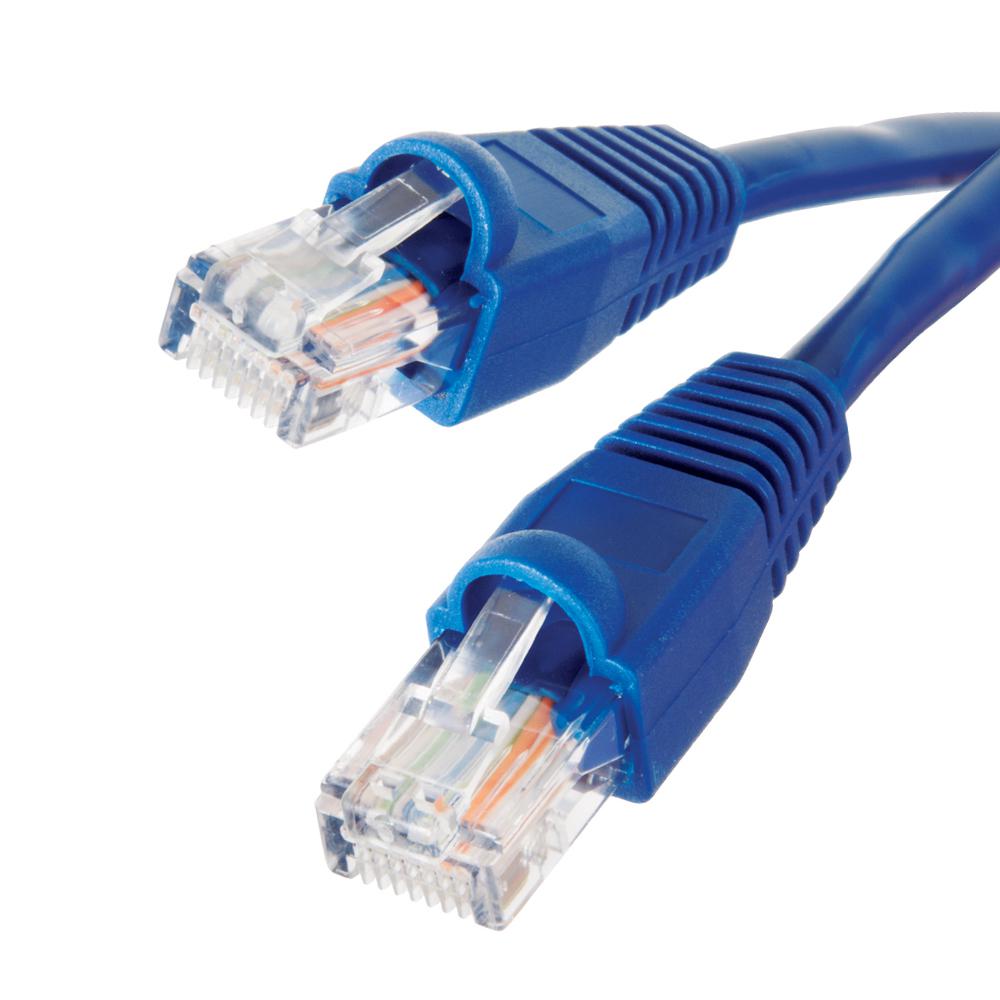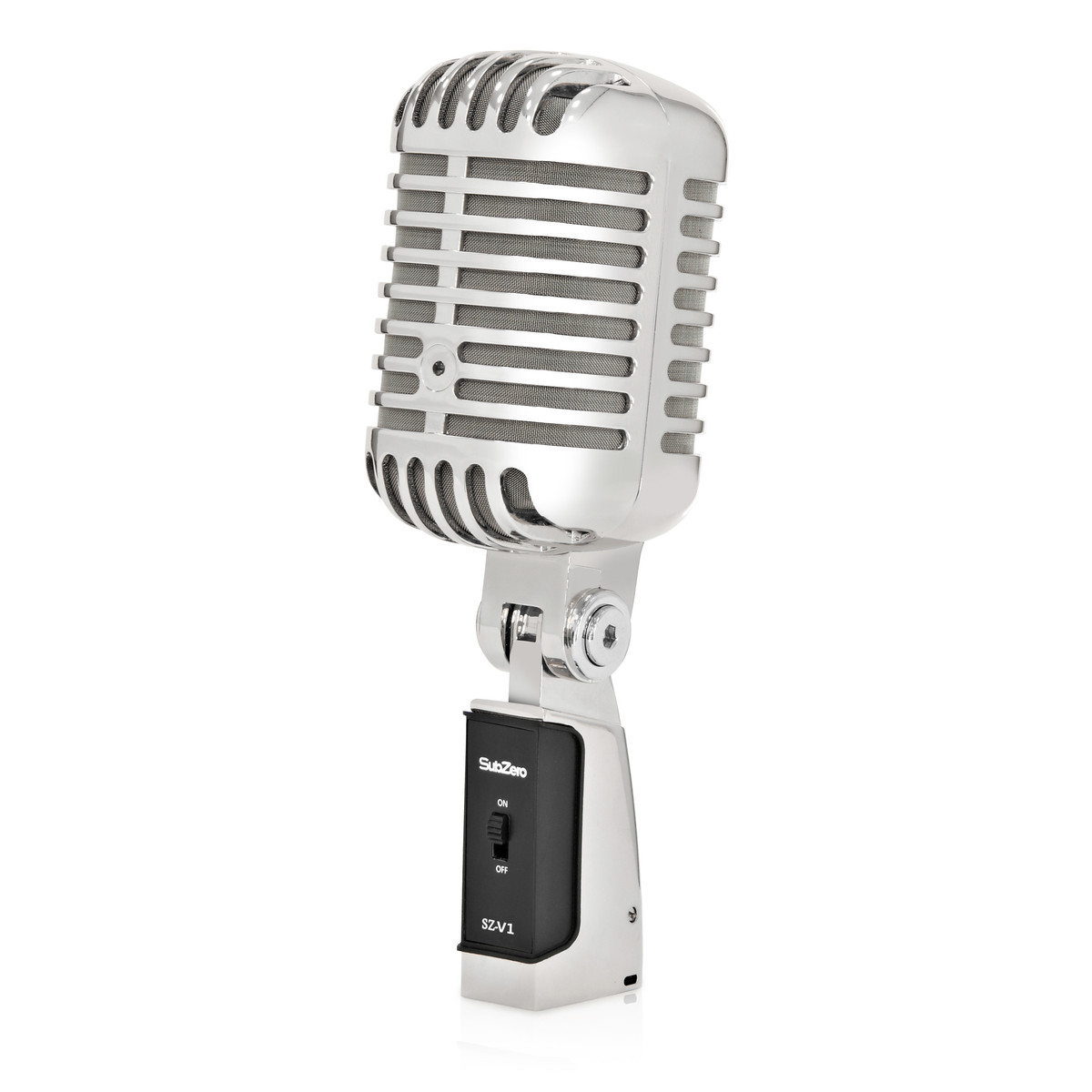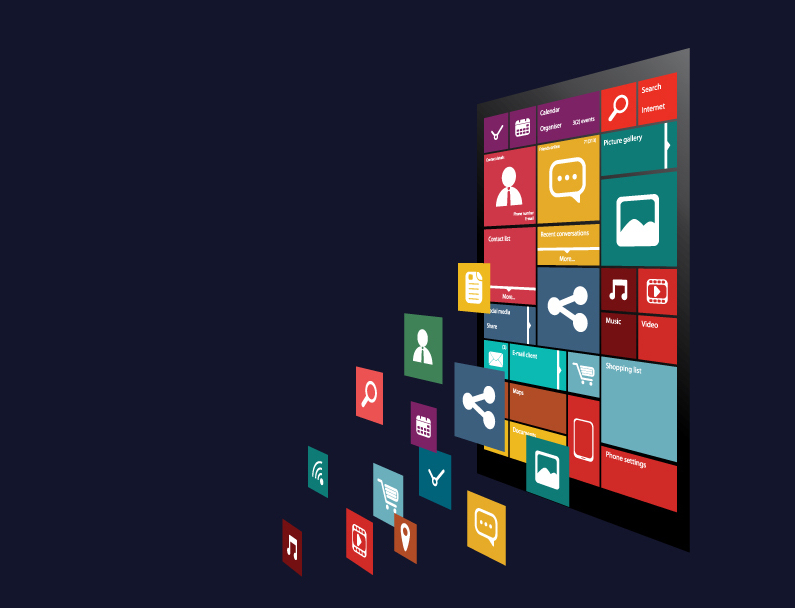parts of a computer
Core

Motherboard
Main circuit
board of the
computer that
connects
everything

RAM: Random Access Memory
stores data for short term use

CPU is the Central Processing
Unit and is the main chip in the
computer responsible for
carrying out the computer's task

A hard drive is what stores
all your data. It's home to
your hard disc, and it saves
all of your files and folders.

Cooling devices are fans that
get rid of warm air and replace
it with cold air so the computer
does not overheat.
Ports, peripherals, expansions

Graphics Cards include an
expansion slot, where you can
slide in a separate video card.

USB connectors let you attach
mice, printers and other accessories
to your computer quickly and easily.

Ethernet Ethernet is a local
area technology connected
devices in close proximity.

The video components in
a PC process some of the
complex graphics data
going to the screen, taking
some of the load off your CPU.

Audio ports, typically some
combination mini analog
audio jacks or RCA

A keyboard is a peripheral that
is used to type letters.

A microphone is a peripheral
that isn't mounted inside
the PC's case.

A webcam is a peripheral
that is used for showing
physical appearance
through a screen.

Headphones are a peripheral
used to listen to things on
the computer.

A monitor is a screen on the
computer that isn't necessary.

A printer is a peripheral and
an expansion slot that is used
to print pictures from the
computer onto paper.
Operating system

Process management breaks
down the processor's work
into manageable chunks and
prioritizes them before sending
them to the CPU.

Memory management coordinates
the flow of data in and out of RAM,
and determines when to use virtual
memory on the hard disk to
supplement an insufficient amount
of RAM.

Device management provides
a software-based interface
between the computer's internal
components and each device
connected to the computer.

Storage management directs
where data should be stored
permanently on hard drives,
solid state drives, USB drives
and other forms of storage.

User interface provides a
way for you to interact with
the computer.
